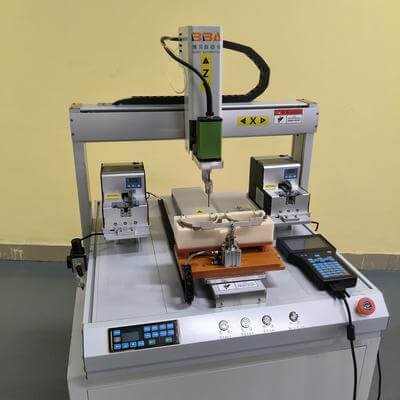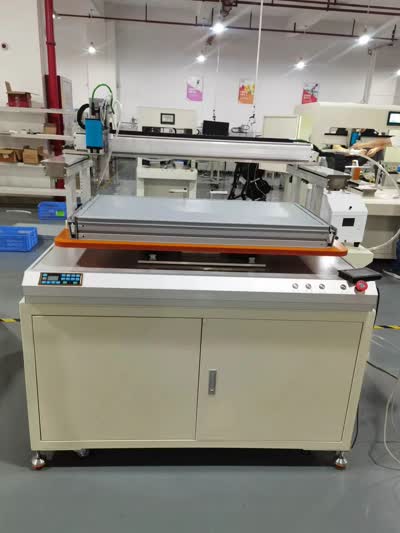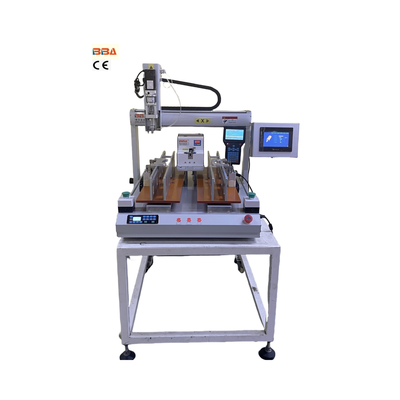Precision Screw Feeding Systems for PCB Assembly | Industrial Automation

In the fast-paced world of industrial automation, precision and efficiency are paramount. One of the critical processes in manufacturing is PCB assembly, where even the slightest error can lead to significant delays or product failures. At the forefront of this process is the use of Precision Screw Feeding Systems, a technology designed to streamline and enhance the accuracy of screw fastening in PCB production. This blog explores how these systems revolutionize assembly lines, ensuring reliability and speed in modern manufacturing.
The Importance of Precision in PCB Assembly
Printed Circuit Boards (PCBs) are the backbone of electronic devices, housing intricate networks of components that must be assembled flawlessly. Traditional screw-fastening methods often involve manual labor, which can introduce inconsistencies due to human error. Precision screw feeding systems eliminate these inconsistencies by automating the process, ensuring each screw is placed accurately and securely every time. This not only improves product quality but also reduces waste and rework.
How Precision Screw Feeding Systems Work
Precision screw feeding systems integrate seamlessly into automated assembly lines, utilizing advanced mechanisms to deliver screws with exact positioning and torque control. These systems typically include:
- Vibratory Bowls: Sort and align screws for consistent feeding.
- Robotic Arms or Pneumatic Drivers: Precisely place and drive screws into PCBs.
- Automated Torque Control: Ensures screws are tightened to the exact specification, preventing damage to delicate components.
By automating these steps, manufacturers can achieve higher throughput while maintaining exceptional precision.
Benefits of Implementing Precision Screw Feeding Systems
Adopting precision screw feeding technology offers numerous advantages for PCB assembly:
- Enhanced Efficiency: Automation reduces cycle times and increases production rates.
- Consistent Quality: Eliminates variations in screw placement and torque, reducing defects.
- Cost Savings: Lower labor costs and minimized material waste contribute to higher profitability.
- Scalability: Easily adaptable to high-volume production environments.
Future Trends in Automated Screw Feeding
As industrial automation advances, precision screw feeding systems are expected to become even more sophisticated. Innovations such as AI-driven quality checks, IoT-enabled monitoring, and adaptive feeding mechanisms will further enhance accuracy and efficiency. Manufacturers who invest in these technologies today will be well-positioned to lead in the competitive landscape of PCB assembly.
In conclusion, precision screw feeding systems are a game-changer for PCB assembly, delivering unmatched precision, speed, and reliability. By embracing this technology, companies can optimize their production processes and meet the growing demands of the electronics industry.
| Product Name | Applicable industries |
| Inline Screw Locking System | Medical Device Manufacturing |


